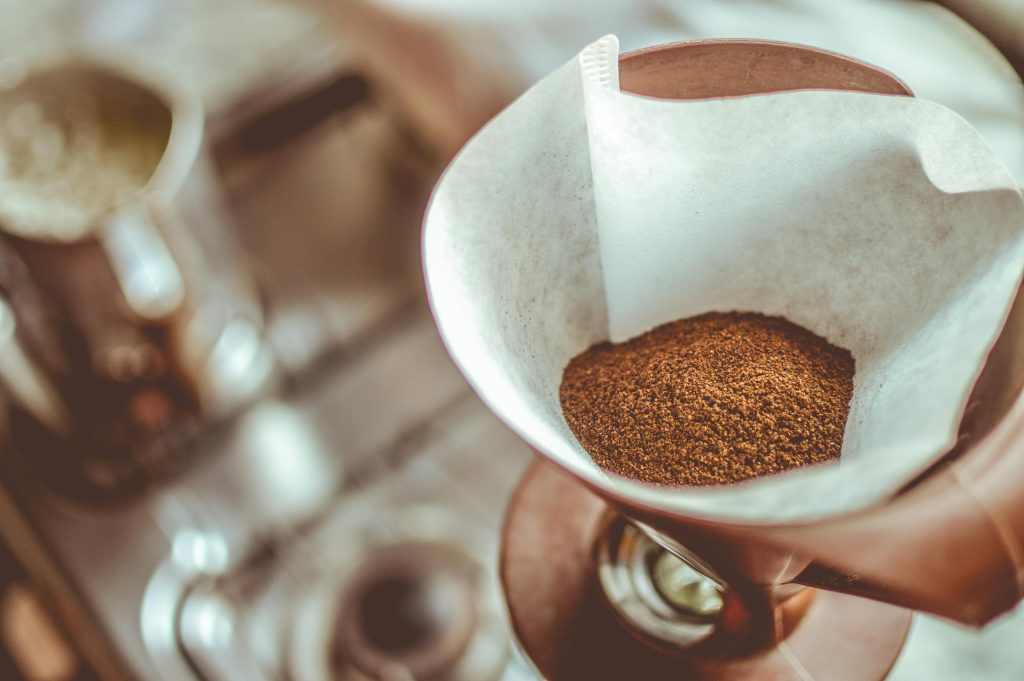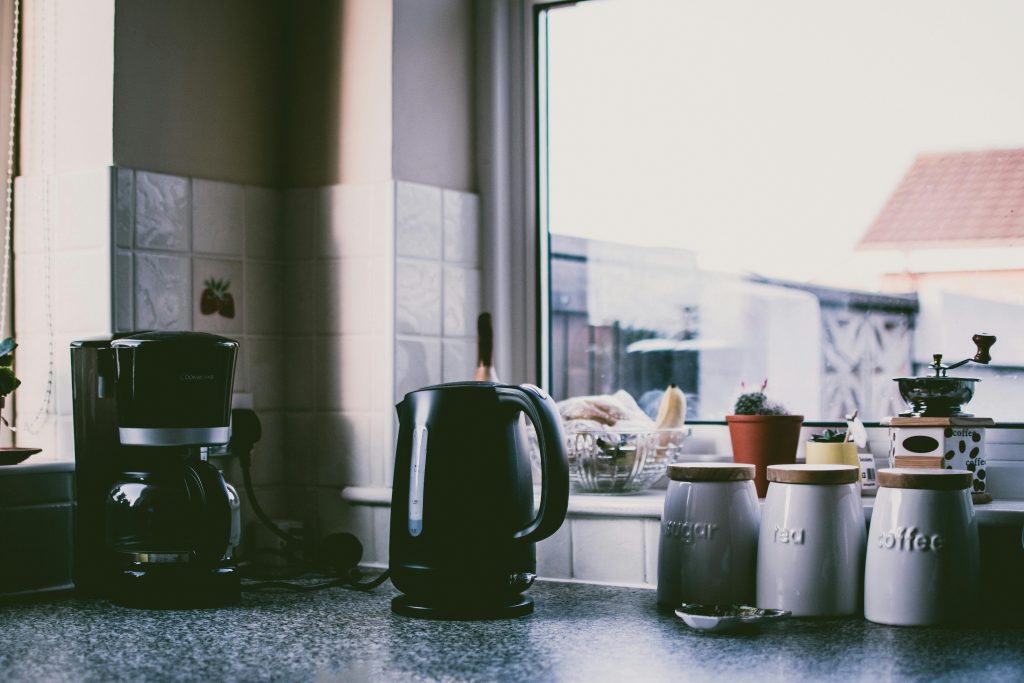Table of Contents
Did you know your morning coffee habit could generate up to 3 pounds of waste per day? But before you spill your precious brew in panic, there’s a way to keep your caffeine fix while saving the planet – and it might even make your coffee taste better.

The Truth About Coffee Pods (It’s Worse Than You Think)
Those convenient little pods are wreaking environmental havoc. A single year’s worth of discarded K-cups could circle the Earth 10 times. The real kicker? Most recyclable pods still end up in landfills because they’re too small for recycling machines to process properly. The solution? Opt for a reusable pod filter – they’re cheap, easy to clean, and make better-tasting coffee anyway.
Your Coffee Filter Is Part of the Problem
Those bleached white paper filters aren’t doing Mother Earth any favors. They’re processed with chemicals and create unnecessary waste. Switch to a stainless steel mesh filter or, if you must use paper, go for unbleached bamboo filters. Even better – embrace the French press or pour-over methods with cloth filters that can be washed and reused hundreds of times.

The Dark Side of Coffee Grounds
Tossing used grounds in the trash is like throwing away garden gold. Coffee grounds are nitrogen-rich fertilizer bombs waiting to happen. Sprinkle them around your plants, add them to your compost, or use them to grow mushrooms. Some eco-savvy cafes even partner with local gardens to repurpose their grounds – why not start a similar initiative in your community?

Energy Vampires in Your Kitchen
That coffee maker that stays plugged in 24/7? It’s secretly sipping electricity even when it’s not brewing. Unplug it after each use, or invest in a manual brewing method like a pour-over setup. Bonus: Manual methods often produce superior coffee while reducing your carbon footprint.

The Water Crisis in Your Cup
The average coffee drinker wastes gallons of water daily through inefficient brewing and cleaning. Only heat the water you need, collect rinse water for plants, and consider a water filter instead of buying bottled water for your brew. Small changes add up – saving just one cup of water per day equals 365 cups annually.
Sourcing Matters More Than You Think
Where your beans come from impacts more than just taste. Look for shade-grown coffee certified by the Rainforest Alliance or Bird Friendly labels. These farms maintain forest canopies, protecting wildlife habitats while naturally pest-controlling without harmful chemicals. Yes, they might cost a bit more, but they taste better and help preserve vital ecosystems.

The Storage Solution You’re Missing
Those fancy glass jars look great on your counter, but are they protecting your beans? Improper storage leads to stale coffee, which often means wasted beans. Invest in an airtight container with a CO2 valve, and only buy what you can use within two weeks. Fresh coffee tastes better and reduces waste from throwing out stale beans.
Your To-Go Cup Problem
That daily takeaway cup is an environmental disaster waiting to happen. Most paper cups are lined with plastic and can’t be recycled. The solution? Get a high-quality reusable mug – many cafes offer discounts for bringing your own cup. Some even give you an extra stamp on your loyalty card.
The Packaging Predicament
Those foil-lined bags with pretty designs? Environmental nightmares. Look for roasters using compostable packaging, or better yet, find a local roaster who’ll fill your own container. Some coffee shops are starting to offer bean refill stations – support these initiatives and ask your favorite cafe to consider them.
Clean Green – The Right Way
Your cleaning routine matters too. Skip the harsh chemicals and use vinegar or citric acid to describe your equipment. For daily cleaning, hot water and occasional baking soda scrubs work perfectly. Those chemical cleaners not only harm the environment but can also leave residues that affect your coffee’s taste.
The Game-Changing Grind
Pre-ground coffee might seem convenient, but it’s often over-packaged and goes stale quickly, leading to waste. A good burr grinder is an investment that pays off in both taste and sustainability. Grinding fresh means better coffee and less packaging waste – plus, you can adjust your grind size for different brewing methods.
The Hidden Impact of Coffee Machines
Not all brewing methods are created equal when it comes to environmental impact. Traditional espresso machines can use significant amounts of electricity and water, especially if left on all day. Consider switching to a manual lever espresso maker – they produce zero-waste shots and might just give you the best espresso of your life. Plus, they look incredibly cool on your counter.
Creating Your Zero-Waste Coffee Station
Transform your coffee corner into an eco-warrior’s dream. Use glass containers for beans, keep cloth napkins handy instead of paper towels, and store your reusable filters in a beautiful ceramic holder. Not only does this reduce waste, but it also creates an Instagram-worthy coffee setup that might inspire others to go green.
Sustainable Coffee Rituals
Build eco-friendly habits into your daily coffee routine:
- Keep a small compost bin specifically for coffee grounds near your brewing station
- Store a drying rack for reusable filters where you’ll use it
- Position your reusable mug by your keys so you never forget it
- Keep a log of your coffee consumption to avoid overbuying beans
Community Impact: Spreading the Green Coffee Movement
Start conversations at your local cafe about sustainability. Many shops offer discounts for bringing reusable cups but don’t advertise it well. Some might be interested in starting a grounds-recycling program if customers show interest. Your actions can inspire others and create lasting change in your community.
The Financial Perks of Eco-Friendly Coffee
Going green isn’t just good for the planet – it’s good for your wallet too. Reusable filters pay for themselves within months. Buying better beans in bulk reduces packaging waste and cost per cup. Even investing in a quality grinder saves money long-term by preventing waste from stale pre-ground coffee.
Future-Proof Your Coffee Habit
The coffee industry faces serious challenges from climate change. By making sustainable choices now, you’re helping ensure future generations can enjoy their daily brew too. Support roasters who invest in sustainable farming practices and companies developing innovative eco-friendly coffee solutions.
Looking Ahead: Emerging Eco Coffee Trends
Keep an eye on new sustainable coffee technologies and practices:
- Waterless coffee processing methods that reduce resource usage
- Biodegradable coffee packaging materials
- Solar-powered roasting operations
- Carbon-neutral coffee shipping options
Brewing a Better Future
Making your coffee habit eco-friendly doesn’t mean sacrificing quality or convenience – in fact, many of these changes will upgrade your coffee game while helping the planet. Start with one change today, and you’ll be surprised how quickly it becomes second nature. Your coffee will taste better, your conscience will be clearer, and the planet will thank you. The future of coffee depends on the choices we make today – make yours count.

I’m Audrey, a dedicated mother of teenagers with an insatiable love for coffee. On BeanBrewLove.com, I intertwine my need for caffeine with reflections on life. Whether expressing a nostalgic sentiment or injecting a hint of sarcasm, my blog is a reservoir of coffee culture, brewing techniques, and global coffee reviews.




